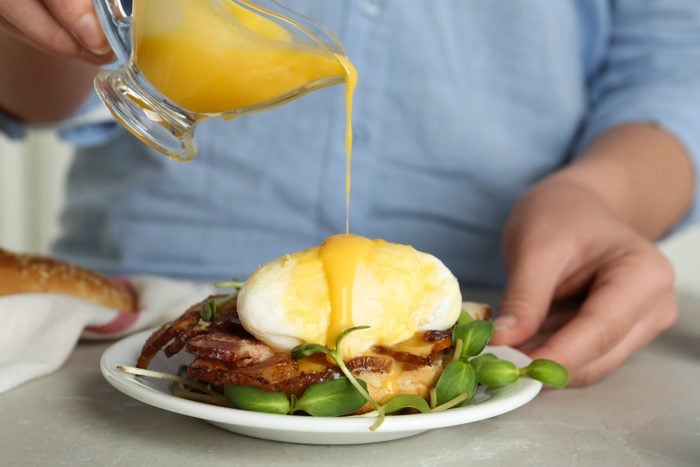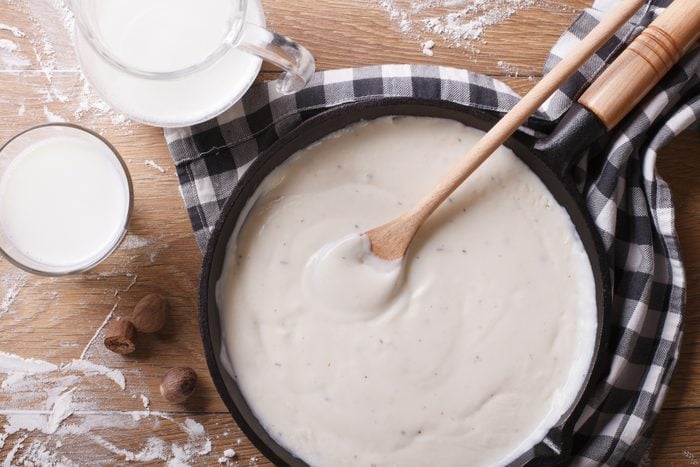
Bechamel
If you’ve ever made biscuits and gravy, then you have bechamel down. It’s a rich and creamy white sauce made by combining roux (flour and butter) with milk or heavy cream. It is one of the easier sauces to make out of all the mother sauces. Bechamel sauce is used for classic sauce-filled dishes, like lasagna or chicken pot pie. It can be bland on its own, which is why it’s often heavily seasoned. Use this sauce to make bechamel lasagna.
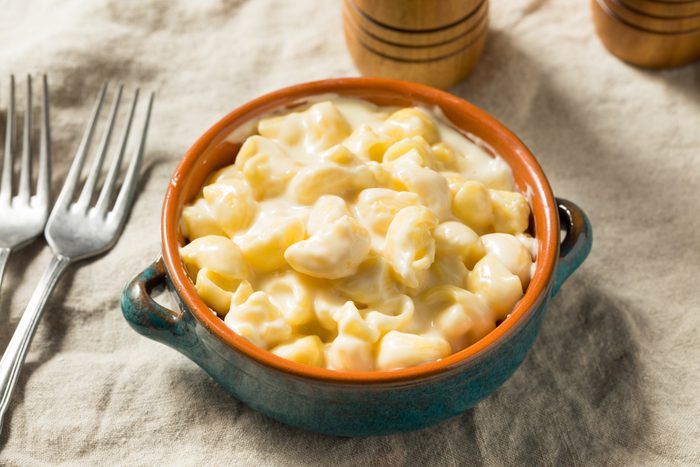
Mornay
This isn’t a mother sauce, but it is a riff off the classic bechamel. Add cheese to that creamy bechamel sauce and it just became the perfect base for a comforting mac and cheese or cheesy nachos. For the smoothest texture, give your mornay a whirl in the blender (or use an immersion blender) to really incorporate all that cheese into the sauce.
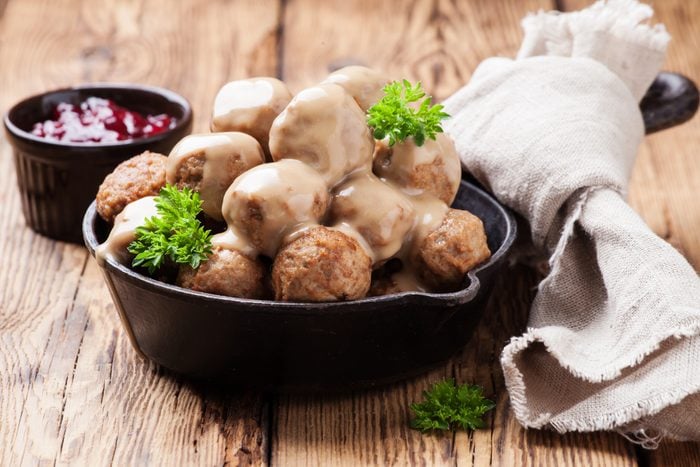
Veloute
This dairy-free version of bechamel is one of most underrated mother sauces. Instead of milk, this sauce combines roux with any kind of light stock—chicken, fish or vegetable. It’s infrequently used as a topping sauce, but it’s the base of many soups and sauces. You’ll definitely recognize this sauce if you’re a Swedish meatball fan.
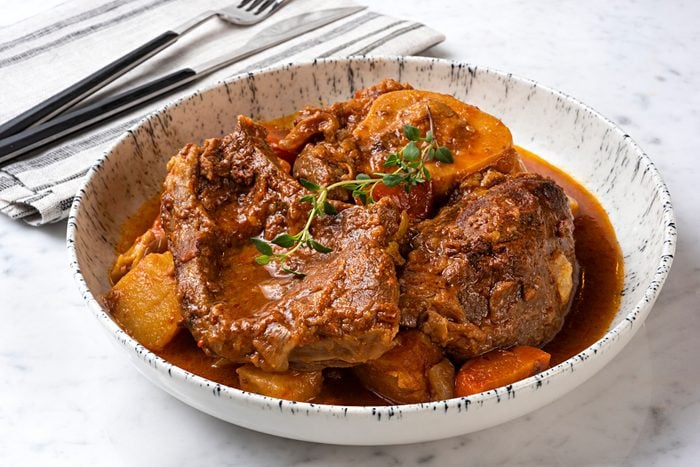
Espagnole
Also known as brown sauce, this sauce begins with a dark roux, softened mirepoix vegetables (onions, carrots and celery), tomato paste and dark stock. Unlike the other sauces, this recipe results in a rich and indulgent gravy, making it best used as a starting point for a number of meaty sauces or soups instead of being directly topped onto dishes.
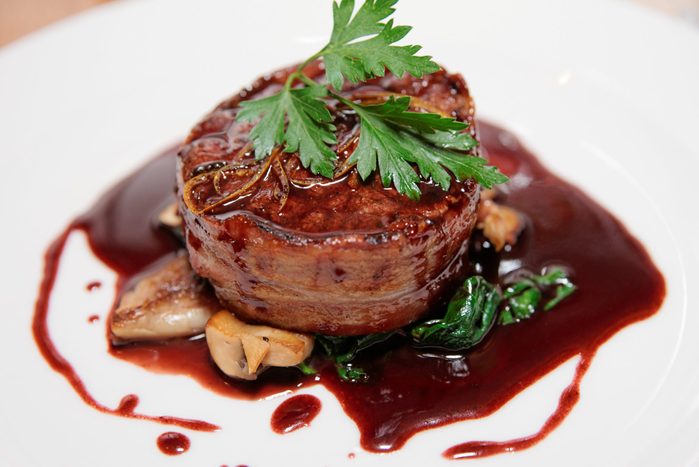
Demi-Glace
Take your espagnole a little bit further and you’ll have demi-glace, the richest and most flavorful mother sauce that’s often used as a restaurant chef’s secret weapon for making everything taste crazy good. Once you make your espagnole, add in an equal part of veal stock and reduce the mixture by half. It’s an incredible sauce to serve with sirloin steak—especially if you add red wine or mushrooms to the mix—or pork chops.
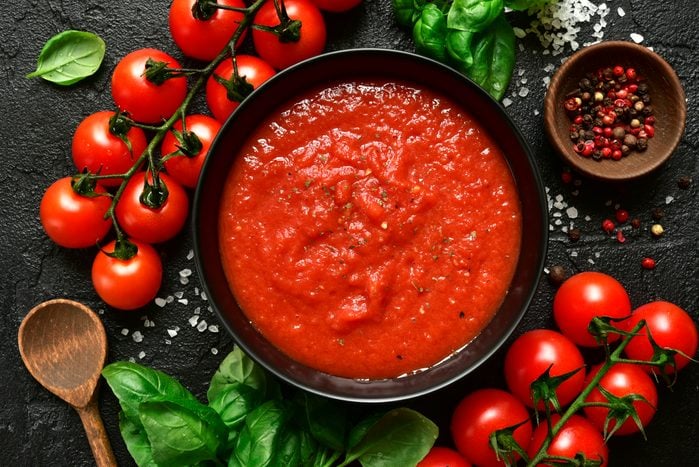
Tomato
Unlike modern-day spaghetti sauce, the mother sauce version of tomato sauce starts with salt pork and roux. Add in fresh tomatoes, carrots, onions, bay leaves, garlic and veal stock. Then let it simmers for hours upon hours, creating a lovely, thick sauce that’s perfect for smothering pasta or meaty dishes—like this chicken cacciatore. If you’re looking to keep things gluten-free, feel free to skip the roux—just make sure you simmer long enough to thicken things up.
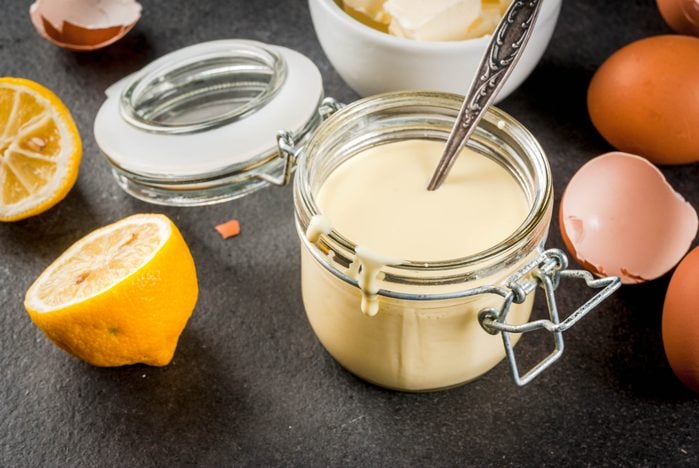
Hollandaise
This fancy sauce is one of the most intimidating of the mother sauces, but we have a few tricks for making it easy. Unlike the other sauces, there is no roux involved—just an emulsion of eggs, melted butter and lemon (similar to making aioli). It’s most popular on everyone’s favorite brunch dish—eggs Benedict—but it’s also a killer vegetable topper or a substitute for mayo in potato salad.

